Log in or create new account to save this product to your wishlist.
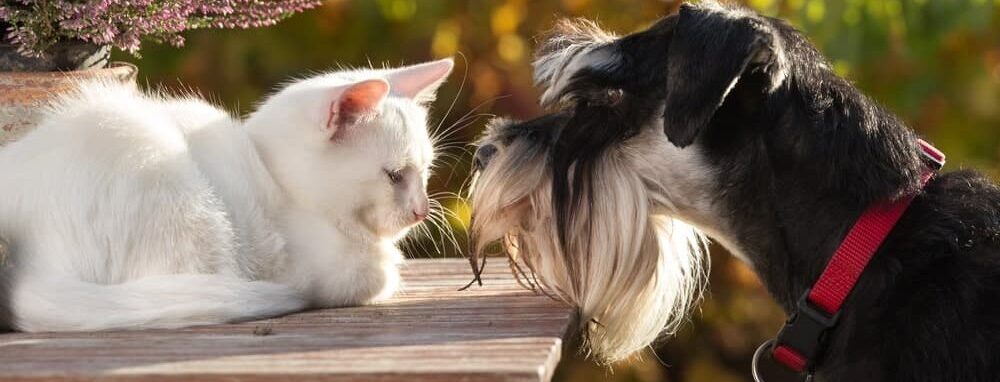
Houseplants Safe for Cats and Dogs: Create a Pet-Friendly Indoor Oasis
Plants beautify your home, but they can kill your pets or make them sick. When you have a furry housemate, or you are planning to get one, you need to make sure the greenery you keep indoors doesn’t harm them. The same applies when shopping for new plants.
🌱 All important maintenance moments for your lawn during the year. Leave your email and we will send you the lawn calendar for free.
Enter your email
Receive the lawn calendar in the mail
Enjoy a green lawn all year round!

- Order by 2PM = shipped today
- 250.000+ satisfied customers!
- 60 day satisfaction guarantee
Having plants in our homes not only adds beauty and freshness to our living spaces but also offers numerous benefits for our overall well-being. However, as pet owners, it is essential to ensure that the plants we choose are safe for our furry friends. Many common houseplants can be toxic to cats and dogs if ingested, causing various health issues. But don’t worry! We’ve got you covered. In this guide, we’ll explore a diverse selection of houseplants safe for cats and dogs that will bring joy to both you and your beloved pets.
- Pet-Friendly Houseplants
- Houseplants safe for cats and dogs FAQ
Pet-Friendly Houseplants
Cats and dogs are naturally curious creatures, and their exploration often involves sniffing, nibbling, and even chewing on plants. By selecting indoor plants that are not poisonous to cats or dogs, you can create a safe environment for your pets to roam freely without the worry of harmful consequences.
1. Boston Fern (Nephrolepis exaltata)
The Boston Fern is a popular choice among pet owners due to its non-toxic properties. With its feathery, lush green fronds, this plant adds a touch of elegance to any room. Boston Ferns thrive in high humidity levels, making them ideal for windowed bathrooms or near humidifiers. These ferns prefer bright, indirect light and consistently moist soil. Remember to mist them daily or place them on top of a pebble tray to maintain their humidity requirements.

Care-Card
Soil: Boston Ferns thrive in well-draining, rich, and slightly acidic soil. A blend of peat moss, sand, and regular potting mix provides an ideal growing medium.
Light: These ferns prefer bright, indirect light. They do well in partially shaded areas, making them suitable for indoor spaces with ample natural light.
Water: Keep the soil consistently moist, but not waterlogged. It’s crucial to avoid letting the soil dry out completely, as this can cause the fronds to wilt.
Feed: Fertilise the Boston Fern every 4 – 6 weeks during the growing season, using a balanced liquid fertiliser diluted to half strength.
2. Haworthia (Haworthia spp.)
If you love the look of aloes but have pets, Haworthia is an excellent alternative. These cat and dog-friendly plants resemble aloes with their pointed, architectural spines. Haworthia succulents require minimal upkeep, thriving in bright, indirect light and requiring monthly watering. You’ll find Haworthia in a variety of sizes and shapes, giving your living space an extra special touch.
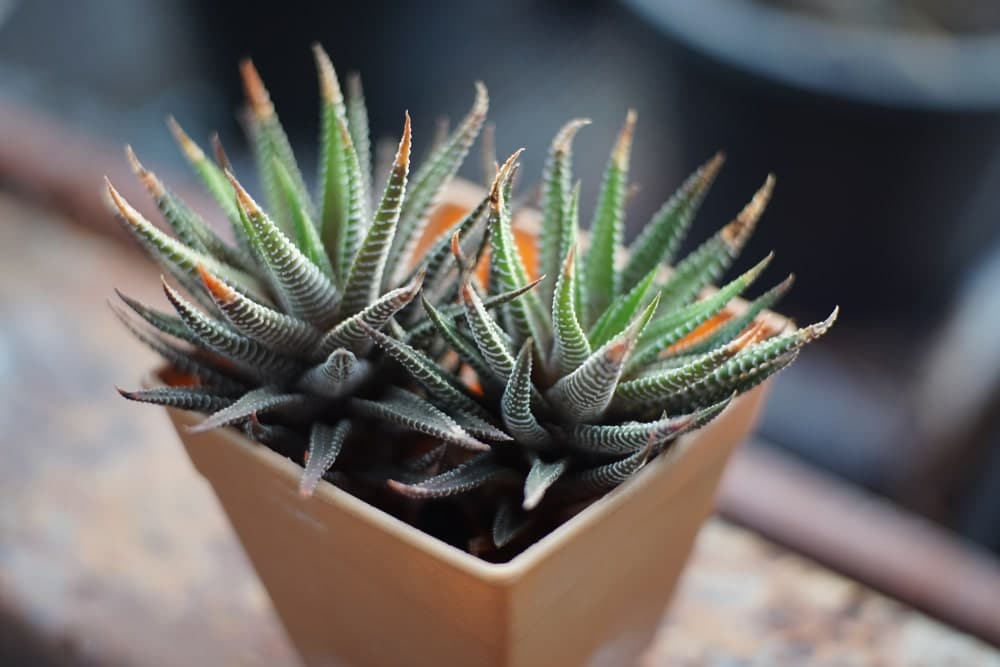
Care-Card
Soil: Haworthias thrive in well-draining, sandy soil. A cactus mix or a combination of regular potting soil and sand works well for these succulents.
Light: These plants prefer bright, indirect light and can also tolerate some direct sunlight.
Water: Water Haworthias sparingly, allowing the soil to dry out almost completely between watering. Overwatering can lead to root rot.
Feed: Fertilise during the growing season, typically in spring and summer, using a balanced, diluted fertiliser every 6 – 8 weeks.
3. Spider Plant (Chlorophytum comosum)
The Spider Plant is one popular cat and dog-friendly plant. It is beloved for its long, arching leaves with white stripes. It is low-maintenance and can tolerate various light conditions, making it suitable for different areas of your home. Spider Plants prefer bright, indirect light and moderate watering, typically requiring weekly watering during the growing season.

Care-Card
Soil: Spider Plants do well in well-draining, slightly acidic soil. A mix of regular potting soil and perlite provides the necessary drainage for healthy growth.
Light: These plants thrive in bright, indirect light but can also tolerate partial shade. They are well-suited for indoor spaces with moderate natural light.
Water: Keep the soil evenly moist during the growing season, allowing the top inch to dry out between watering. Avoid overwatering, otherwise you might end up with rotted roots.
Feed: Fertilise the Spider Plant every 2 – 3 weeks during the growing season with a balanced, diluted fertiliser to support its vigorous growth.
4. Money Plant (Epipremnum aureum)
Also known as Devil’s Ivy, the Money Plant features heart-shaped leaves that can trail or climb. This plant belongs to the group of houseplants safe for cats and dogs. Money Plants are relatively easy to care for. Their versatility in terms of placement and their ability to purify the air make them a popular choice for pet-friendly households.
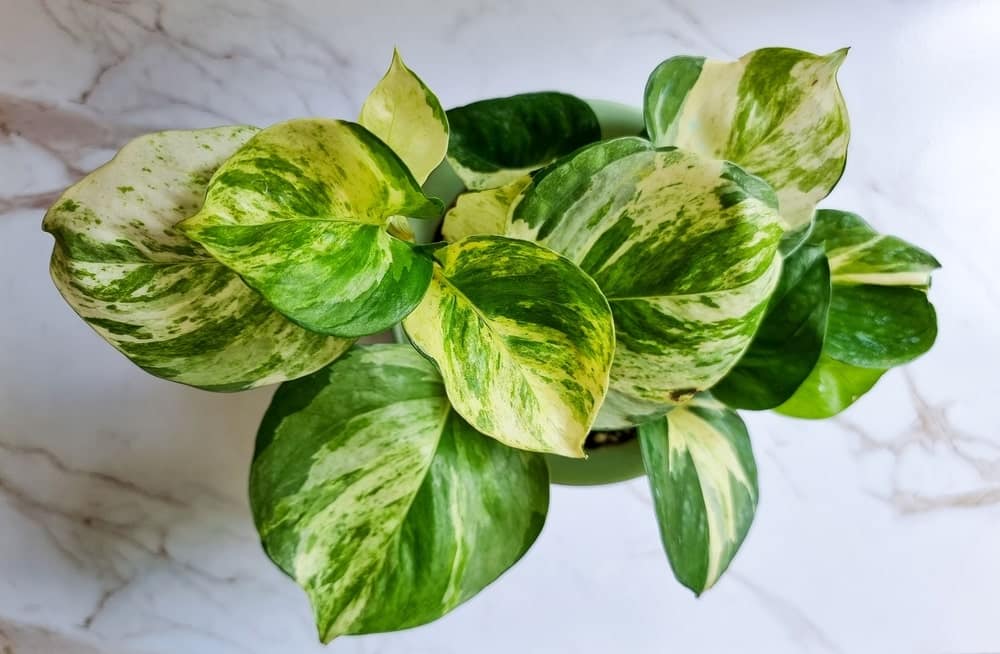
Care-Card
Soil: Money Plants thrive in well-draining, slightly acidic soil. A mix of regular potting soil and perlite or sand provides the ideal growing medium.
Light: These plants do well in bright, indirect light and can also tolerate some direct sunlight. They are adaptable and suitable for indoor spaces with varying light conditions.
Water: Allow the soil to dry out partially between waterings, then water thoroughly. It’s essential to avoid waterlogging to keep the roots healthy.
Feed: Give the Money Plant a balanced, diluted fertiliser every 4 – 6 weeks during the growing season. This will help it grow well.
5. Areca Palm (Dypsis lutescens)
The Areca Palm, also known as the Butterfly Palm, is a safe and visually appealing choice. With its feathery, arching fronds, this palm adds a tropical touch to any space. Areca Palms do well in bright light and need regular watering to keep their soil moist. These palms are not just pretty, they are also natural air purifiers.
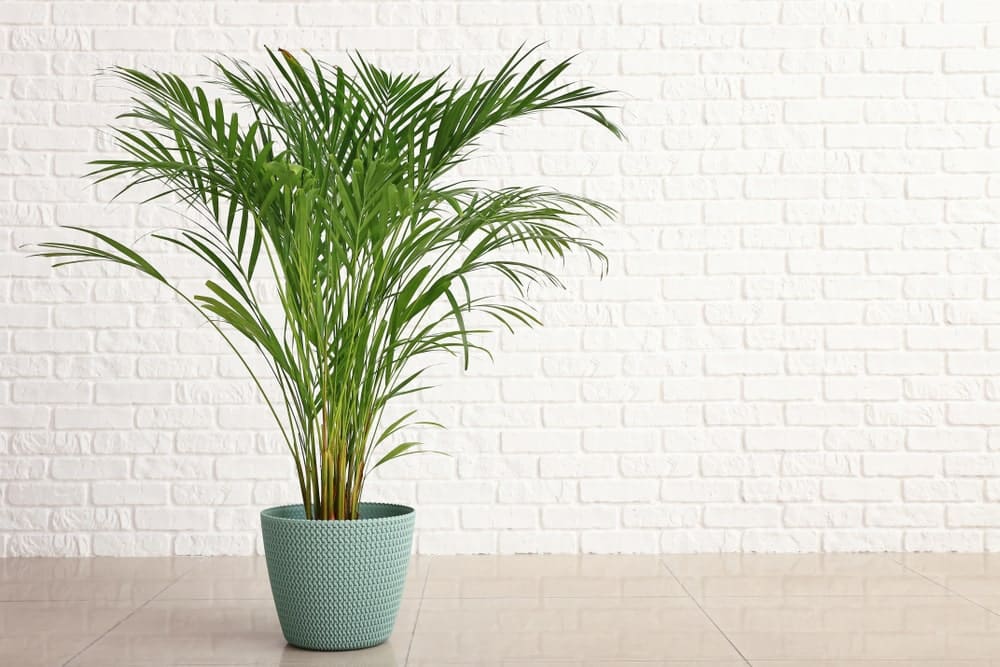
Care-Card
Soil: Areca Palms thrive in well-draining, fertile soil. A mix of regular potting soil, peat moss, and sand provides the necessary nutrients and drainage.
Light: These palms prefer bright, indirect light and can tolerate some direct sunlight. They are suitable for most indoor spaces, as long as they get enough light.
Water: Keep the soil consistently moist during the growing season, but avoid waterlogging. It’s important to maintain a proper balance, as both under and overwatering can harm the plant.
Feed: Fertilise the Areca Palm every 4 – 6 weeks during the growing season with a balanced, diluted fertiliser.
6. Calathea (Calathea spp.)
Calatheas are a family of houseplants safe for cats and dogs that come in a wide variety of striking patterns and colours. These plants are known for their vibrant foliage, which keep things interesting. Calatheas prefer indirect light and consistently moist soil. Keep in mind that these plants are sensitive to direct sunlight, so placing them in a shaded area will help them thrive.
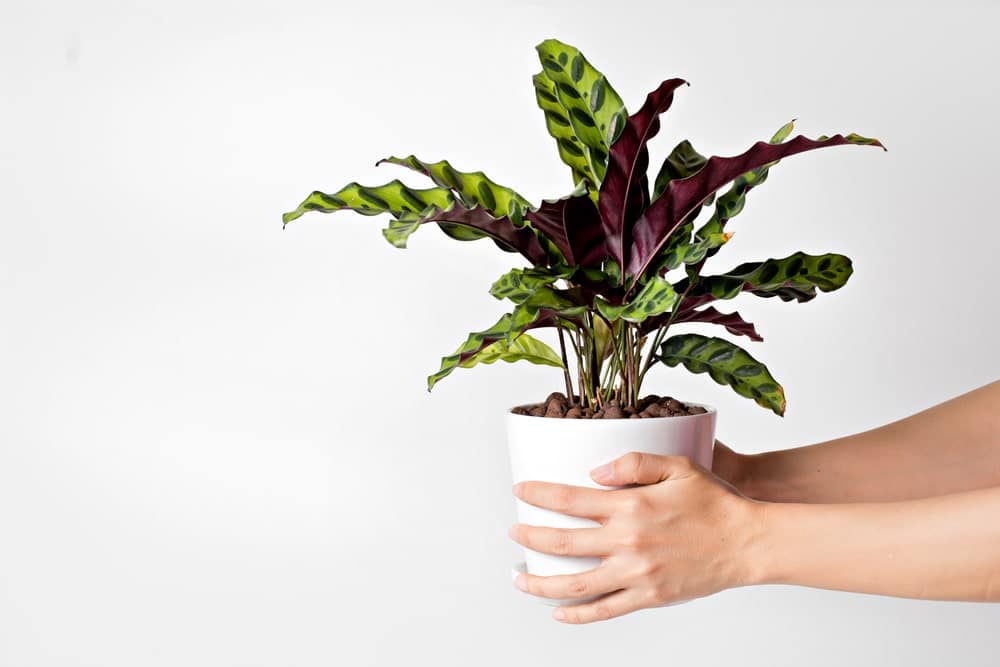
Care-Card
Soil: Calathea plants thrive in well-draining, moist, and fertile soil. A mix of peat-based potting soil with some perlite for added drainage is ideal.
Light: These plants prefer bright, indirect light and are best suited for partially shaded areas. Direct sunlight can cause their vibrant foliage to fade.
Water: Calathea plants require consistently moist soil. Water them when the top inch of the soil feels dry, but avoid overwatering to prevent root rot.
Feed: Fertilise Calatheas every 4 – 6 weeks during the growing season using a balanced, water-soluble fertiliser diluted to half-strength.
7. Friendship Plant (Pilea involucrata)
The Friendship Plant, also known as the Pilea, is a charming houseplant safe for cats and dogs that features delicate, round leaves with textured patterns. This plant thrives in bright, indirect light and necessitates regular watering to maintain a slight moisture content in the soil. Friendship Plants are compact, which makes them suitable for small spaces or as tabletop accents.
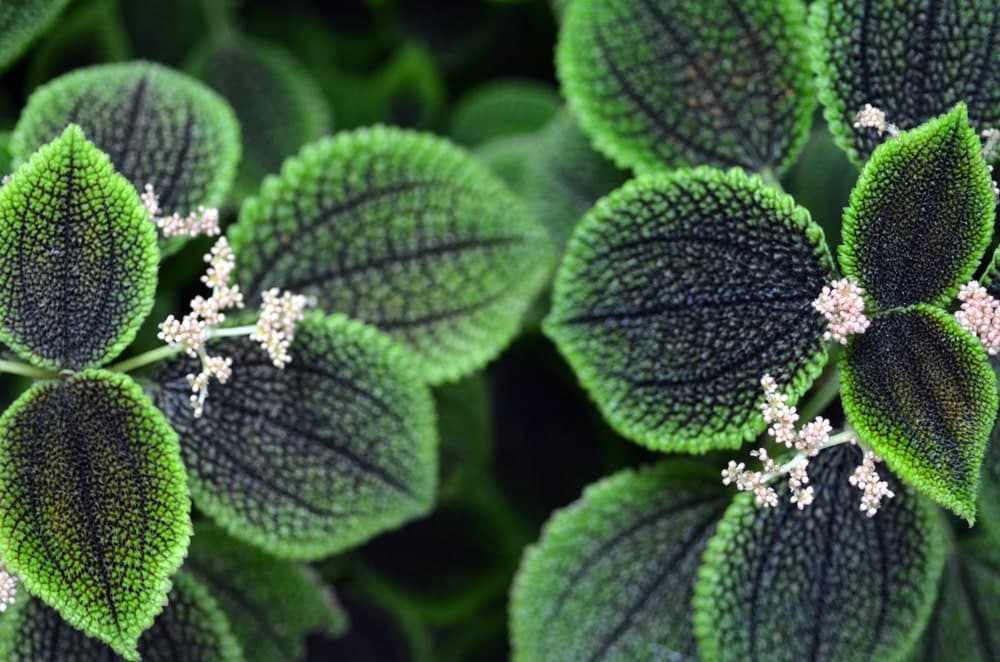
Care-Card
Soil: Friendship plants thrive in well-draining, slightly acidic soil. A mixture of peat moss, perlite, and a small amount of loamy soil works well for them.
Light: These plants prefer bright, indirect light or dappled shade. They can tolerate some morning sun, but direct afternoon sun should be avoided.
Water: Keep the soil evenly moist but not waterlogged. Water when the top inch of the soil feels dry, and ensure that excess water can drain freely from the pot.
Feed: Fertilise friendship plants every 4 – 6 weeks during the growing season with a balanced, liquid fertiliser formulated for houseplants.
8. Polka Dot Plant (Hypoestes phyllostachya)
The Polka Dot Plant is a vibrant and pet-friendly choice for adding a splash of colour to your indoor space. This plant features speckled leaves in various shades, including pink, white, and red. Polka Dot Plants prefer bright, indirect light and consistently moist soil. Regular pruning helps maintain their compact shape and encourages bushier growth.
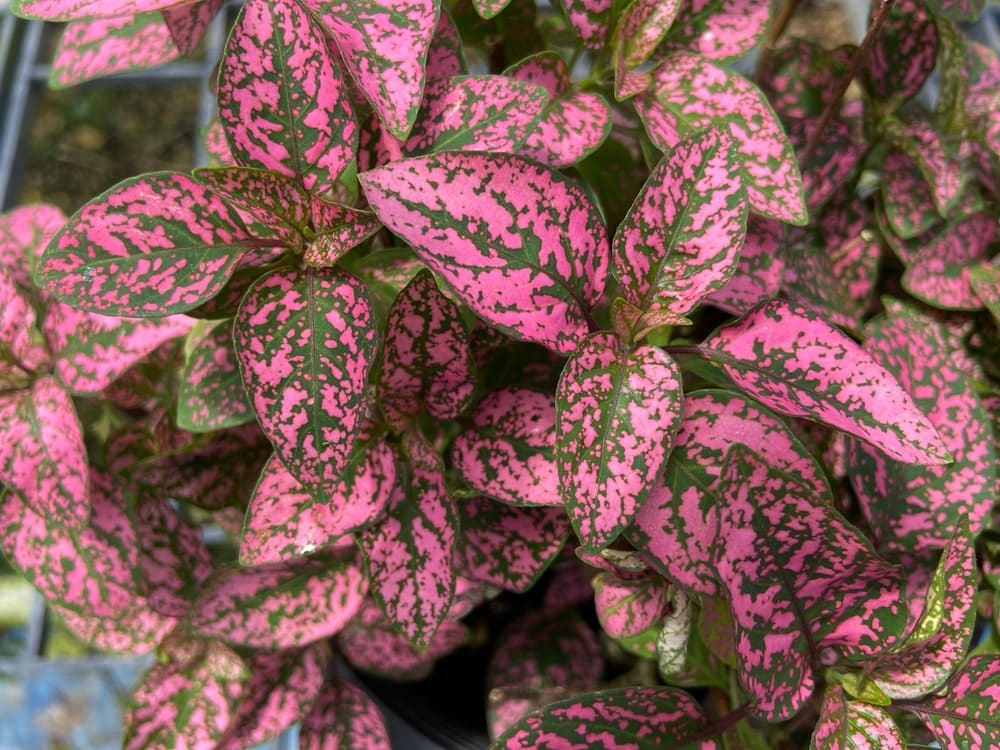
Care-Card
Soil: Polka dot plants thrive in well-draining, slightly acidic soil. A mixture of peat-based potting soil and perlite provides the ideal growing medium.
Light: These plants prefer bright, indirect light and can tolerate some morning sun. However, they should be protected from direct noon and afternoon sunlight.
Water: Keep the soil consistently moist, but not waterlogged. Water when the top inch of the soil feels dry, and ensure good drainage to prevent water-related issues.
Feed: Fertilise polka dot plants every 4 – 6 weeks during the growing season using a balanced, water-soluble fertiliser diluted to half-strength.
9. Boston Ivy (Parthenocissus tricuspidata)
Boston Ivy is a houseplant safe for cats and dogs that can be grown indoors or outdoors. With its vibrant green leaves that turn fiery red in autumn, this plant is a looker at any time of the year. Boston Ivy requires bright, indirect light and moderate watering. As a climbing vine, it can be trained to grow on trellises or allowed to cascade from hanging baskets.

Care-Card
Soil: Boston ivy thrives in well-draining, slightly acidic soil with good fertility. A mix of loamy soil, peat moss, and perlite creates an optimal growing medium.
Light: These plants prefer full sun to partial shade. They can tolerate various light conditions but thrive best in full sun or dappled shade.
Water: Keep the soil evenly moist, especially during the growing season. Ensure good drainage to prevent waterlogging, but do not allow the soil to dry out completely.
Feed: Fertilise Boston ivy in early spring with a balanced, slow-release fertiliser to support healthy growth throughout the growing season.
10. Bamboo Palm (Chamaedorea seifrizii)
The Bamboo Palm, also known as the Reed Palm, is a popular choice for pet-friendly households. With its slender, bamboo-like stems and lush green foliage, this plant adds a tropical vibe to any room. These palms are known for their air-purifying properties, making them a beneficial addition to your home’s environment.
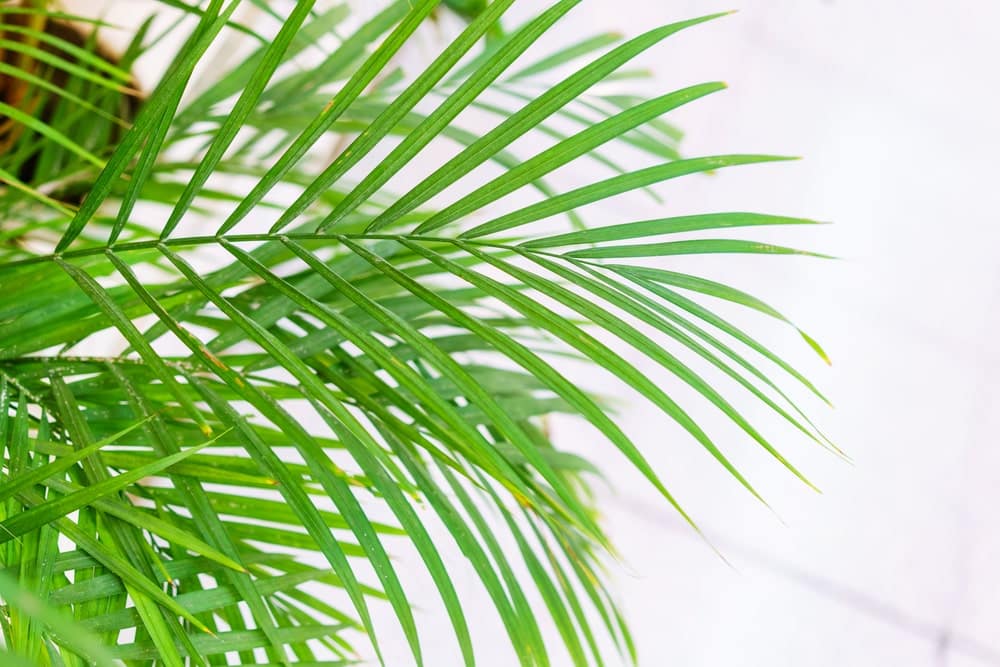
Care-Card
Soil: Bamboo palms thrive in well-draining, slightly acidic soil with good moisture retention. A mix of peat-based potting soil and perlite provides an ideal growing medium.
Light: These plants prefer bright, indirect light and are well-suited for partially shaded areas. They can tolerate lower light conditions, but may grow more slowly.
Water: Keep the soil consistently moist, but not waterlogged. Water when the top inch of the soil feels dry, and ensure good drainage to prevent water-related issues.
Feed: Fertilise bamboo palms every 4 – 6 weeks during the growing season with a balanced, liquid fertiliser designed for palm plants.
11. Ponytail Palm (Beaucarnea recurvata)
The Ponytail Palm is a unique, pet-friendly houseplant that features a bulbous trunk and long, cascading leaves. This palm is known for its resilience and ability to thrive in various light conditions. Ponytail Palms prefer bright, indirect light and infrequent watering, as they store water in their bulbous base.
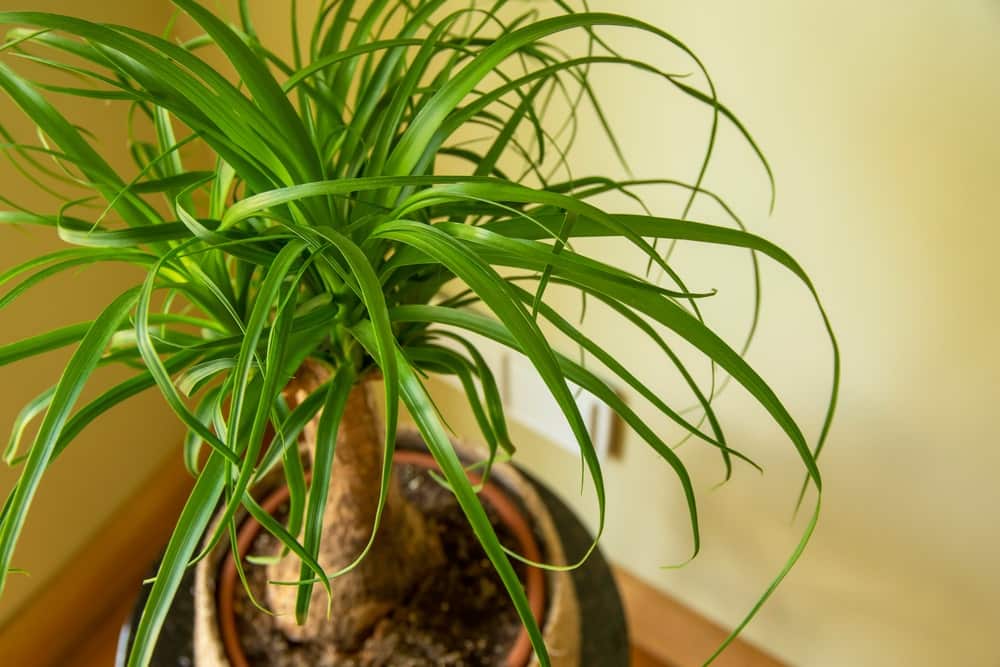
Care-Card
Soil: Ponytail palms thrive in well-draining, sandy soil. A cactus or succulent potting mix with added perlite for drainage is well-suited to their needs.
Light: These plants prefer bright, indirect light and can tolerate direct sunlight. They are well-adapted to sunny conditions but can also thrive in partially shaded areas.
Water: Allow the soil to dry out between waterings to prevent overwatering. Water thoroughly but infrequently, as these plants are adapted to dry conditions.
Feed: Fertilise ponytail palms sparingly, about every 3 – 4 months during the growing season, with a diluted, balanced liquid fertiliser formulated for succulents and cacti.
12. African Violet (Saintpaulia spp.)
African Violets are beautiful flowers, safe for cats and dogs. They feature velvety leaves and delicate, trumpet-shaped flowers in shades of purple, pink, and white. Since they are originally from the African rain forest, they thrive in indirect light and prefer consistently moist soil. Proper care, including regular watering and light fertilisation, helps these plants flourish.
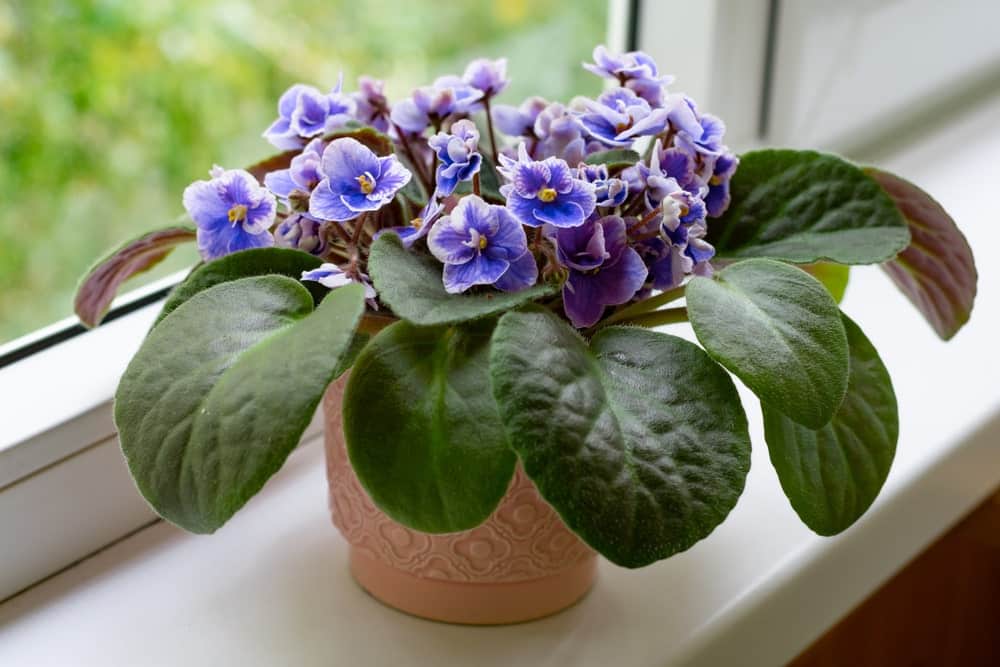
Care-Card
Soil: African violets thrive in well-draining, slightly acidic soil. A mix of peat moss, vermiculite, and perlite provides an ideal growing medium for these delicate plants.
Light: These plants prefer bright, indirect light and are well-suited for partially shaded areas. Direct sunlight can cause their leaves to scorch, so it should be avoided.
Water: Water African violets from the bottom to keep the foliage dry, and avoid getting water on the leaves to prevent spotting. Keep the soil evenly moist but not waterlogged.
Feed: Fertilise African violets every 2 – 4 weeks during the growing season with a balanced, water-soluble fertiliser.
Pet-Safety first
Remember, while these plants are considered safe for cats and dogs, it’s always important to monitor your pets’ interactions with them. Some pets may still have allergies or sensitivities to certain plants, so keeping an eye on any adverse reactions is crucial. Creating a pet-friendly indoor oasis with these non-toxic plants will enhance your home’s aesthetics and provide a safe and enriching environment for your beloved furry friends.

Houseplants safe for cats and dogs FAQ
When it comes to pet-friendly plants for bathrooms, consider options like the Boston fern, spider plant, orchid, or the friendship plant (pilea involucrata). These plants can thrive in the humid environment of a bathroom and are generally safe for pets.
Yes, you can have plants if you have a dog. However, it’s critical to choose non-toxic plants for dogs and place them in areas that are not easily accessible to your dog. Some dogs may be inclined to chew on plants, so it’s essential to select pet-safe options and monitor your dog’s behaviour around the plants.
Some common houseplants that are not safe for cats include lilies, aloe vera, jade plants, and pothos. These plants can be toxic to cats if ingested, potentially causing symptoms such as vomiting, diarrhoea, or lethargy. It’s crucial to research and pick cat-friendly flowers if you have feline companions in your home.
Ready to go?
With houseplants safe for cats and dogs in your home, you have one less thing to worry about. If you are looking for more pet-related content, you might be interested in learning why dogs eat grass or how to remove spots in your lawn caused by dog pee. Which plants will you get for your pet-friendly oasis? Please let us know in the comments – that’s also the place where you can ask our experts some questions.
Happy (indoor-)gardening!
-
Orchids: A Complete Guide on How to Care for ThemWant to give your orchid the best possible care? Discover essential tips from placement to watering and pruning. Learn everything you need to know!Read more
-
Growing Wisteria Made Simple: From Planting to Perfect BloomsWith blossoms like a purple waterfall, Wisteria sets an almost magical and colourful mood. If you want to grow this beauty in your garden, you’ll need a bit of patience. Don’t worry, it will most definitely pay off.Read more
-
How to Build a DIY Greenhouse: A Practical Guide for Smart SpendersImagine extending your growing season throughout the year, nurturing tender plants regardless of the weather, and creating a personal garden sanctuary. This is precisely what a DIY greenhouse offers you. Let’s learn how to build one.Read more
-
How to Grow Eucalyptus in British GardensWith a little love and care, eucalyptus trees can thrive in English gardens. Since they don’t germinate well without proper help, there are not considered invasive. So, there is no reason not to plant them if you enjoy their looks.Read more
-
Transform Your Garden with All-Year-Round Flowering PlantsDid you know you can enjoy blooming flowers even in January? With the right selection of all year round plants, there’s no need to wait until spring to add some colour to your garden.Read more
-
How to Create a Butterfly Garden: A Simple Guide for British GardensThe UK's butterfly population includes 59 different species. These beautiful winged creatures face a steady decline because of habitat loss, pollution and changing weather patterns. Your garden can become a vital link between nature reserves and natural habitats. Let’s explore how.Read more
-
Volcanic Rock Dust for Your Garden—Application and TipsDid you know that volcanic rock dust is a brilliant organic soil improver? This article explains exactly what it's good for and how to use it properly.Read more
-
How to Use Landscape Fabric ProperlyIf weeds or erosion in your garden are troubling you, landscape fabric might be the solution. We’ll explain how and when to use it properly, just keep on reading.Read more
Leave a comment
Your answer will be displayed on the site and the interested party will be notified by email.
Leave a comment
Have a question or want to share your experience? Leave us a comment.

- Order by 2PM = shipped today
- 250.000+ satisfied customers!
- 60 day satisfaction guarantee

- Order by 2PM = shipped today
- 250.000+ satisfied customers!
- 60 day satisfaction guarantee

🌱 All important maintenance moments for your lawn during the year. Leave your email and we will send you the lawn calendar for free.
Enter your email
Receive the lawn calendar in the mail
Enjoy a green lawn all year round!






















Comments (0)
There are no comments yet. Well then, what are you waiting for to
Be the first to write your comment!inaugurate this pretty page?
Do you have some comments?